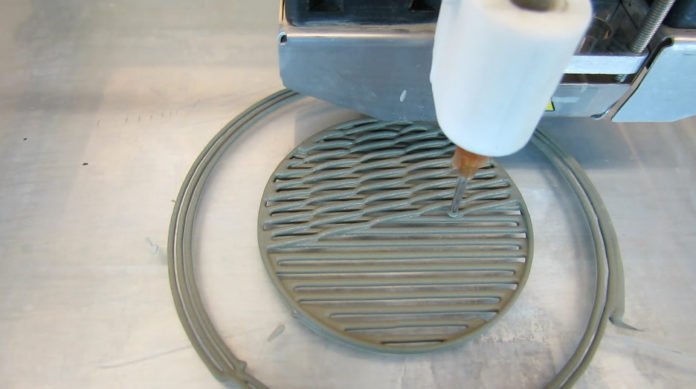Purdue University analysts have 3D-printed cement paste, a key element of the concrete and mortar used to construct different components of the foundation, that gets harder under strain, like the shells of arthropods, for example, lobsters and creepy beetles. The system could contribute to more resilient structures during natural disasters.
The thought is to utilize designs enlivened by arthropod shells to control how damage spreads between the printed layers of a material, such as endeavoring to break a cluster of uncooked spaghetti noodles rather than a single noodle.
Pablo Zavattieri, Purdue professor of civil engineering, said, “The exoskeletons of arthropods have crack propagation and toughening mechanisms that we can reproduce in 3D-printed cement paste.”
As scientists noted, this 3D-printed cement paste would help engineers to control design and performance, but technicalities have stood in the way of scaling them up. For the experiment, scientists even created bioinspired structures, including “honeycomb,” “compliant,” and “Bouligand.”
Jeffrey Youngblood, Purdue professor of materials engineering, said, “3D printing has removed the need for creating a mold for each type of design so that we can achieve these unique properties of cement-based materials that were not possible before.”
Moreover, scientists used micro-CT scans better to understand the behavior of hardened 3D-printed cement-based materials and take advantage of their weak characteristics, such as pore regions found at the “interfaces” between the printed layers, which promote cracking.
Mohamadreza “Reza” Moini, a Purdue Ph.D. candidate in civil engineering, said, “3D printing cement-based materials provides control over their structure, which can lead to the creation of more damage and flaw-tolerant structural elements like beams or columns.”
Scientists have detailed the information about this 3D printed cement paste in the journal Advanced Materials.
